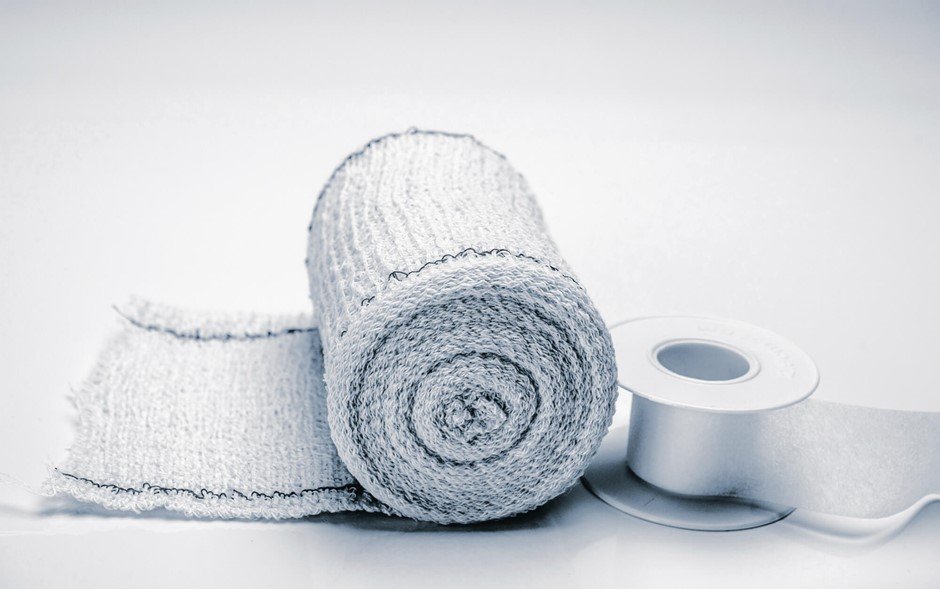Formaldehyde is a dangerous chemical, both as a gas and as a liquid. Long-term exposure increases your health risks. Employers who use this chemical must have an exposure control plan in place.

How workers are exposed
Although dangerous as a liquid, formaldehyde is most dangerous as a gas. Two industries where formaldehyde exposure is common are:
| Woodworking |
|
| Medical industry |
|
The risks
Formaldehyde is most dangerous when the liquid is heated and becomes a gas or vapour. In this form it can be easily inhaled. It has the following short-term and long-term health effects:
| Short-term exposure |
|
| Long-term exposure |
|
How to reduce the risks
The most effective way to reduce the risk of exposure to formaldehyde is to eliminate the source of exposure. If that’s not possible, there are other risk controls to use. When choosing risk controls, start by asking yourself the questions in the following steps. The steps are listed in order of effectiveness.
Eliminating the hazard by substituting a safer process or material, where possible, is the most effective control. Some questions to consider:
- Can a less hazardous material be used?
- Can other, less hazardous fixing agents be used in medical applications?
Making physical modifications to facilities, equipment and processes can reduce exposure. Some questions to consider:
- Can ventilated cabinets and exhaust systems be installed to carry away formaldehyde vapours?
- Can fans be added to ventilation systems at ground level to push gases away from workers?
- Can hospitals and mortuaries use systems that pull gas downwards, away from the worker’s face?
These involve changing work practices and work policies. Providing awareness tools and training also count as administrative controls. All can limit the risk of formaldehyde exposure. Some questions to consider:
- Has an exposure control plan been developed?
- Can work practices and formaldehyde storage systems be improved to reduce or prevent exposure to formaldehyde?
- Can warning signs be posted in the work area?
- Can signs explaining exposure symptoms be posted?
- Can other workers be scheduled away from areas where formaldehyde is being used?
This is the least effective control. When used, there must always be at least one other control in place as well. Some questions to consider:
- Do workers have the proper gloves, eye wear, face shields, respirators, and aprons?
- Has personal protective equipment been tested to make sure it is working properly?




One thought on “Formaldehyde Exposure”